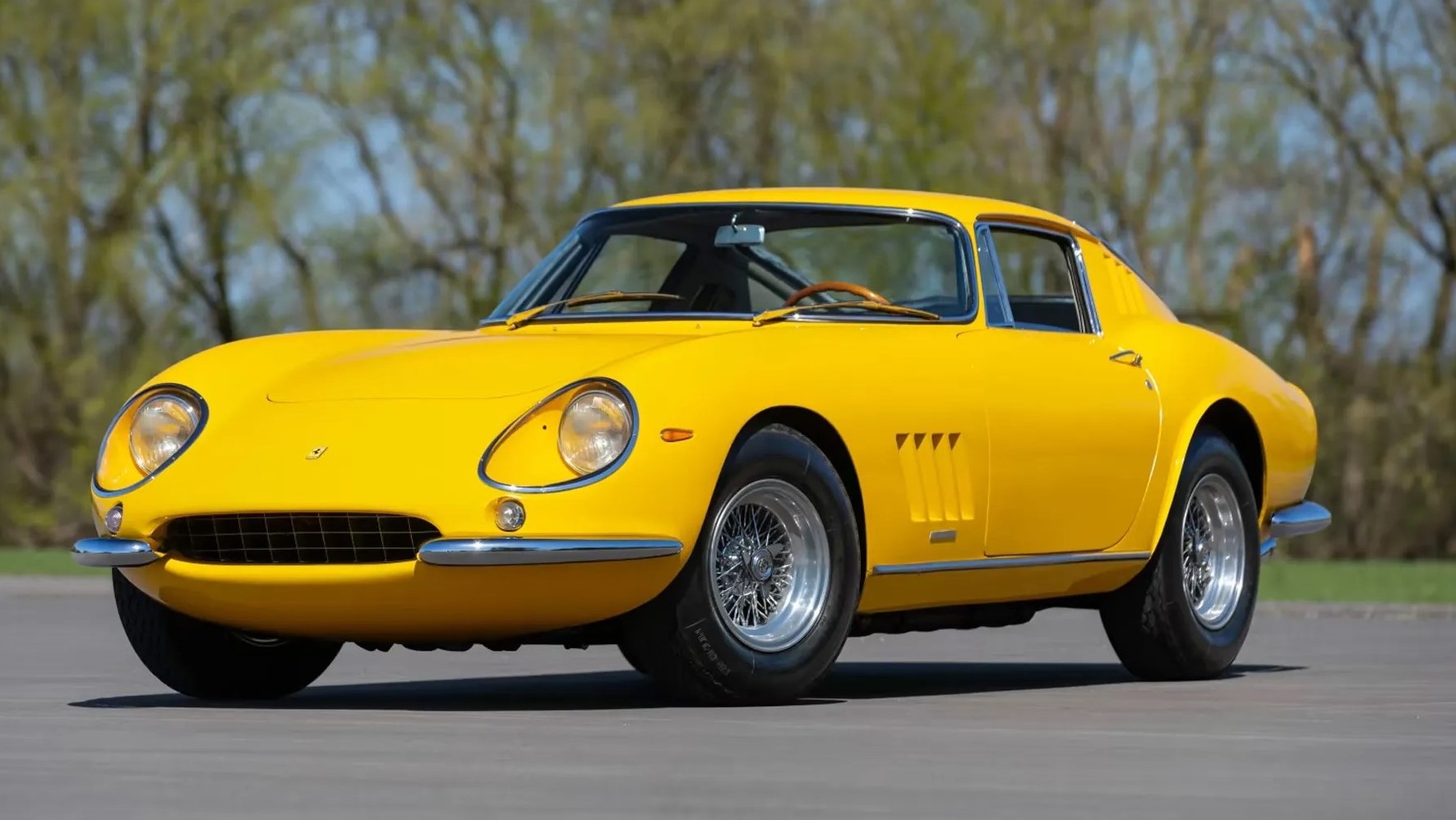I remember when the Acura RSX first came out about 20 years ago, and examples were everywhere. The fan-favorite model enjoyed a five-year lifespan between 2002 and 2006 with a mid-cycle refresh taking place in 2005. Acura sold a total of 114,451 units in the United States during that timeframe. Nowadays, the majority of those have been junked, modified, or destroyed beyond the point of no return. It’s been two decades after all, and this high-revving sports coupe gained popularity in the tuner community as a platform for modification.
RSX Model History
The RSX had large shoes (or tires, rather) to fill when it initially hit the streets in 2002. After all, the Integra which it replaced had grown to be well-loved compact commuter for tuners and daily commuters alike. The RSX launched in base and Type-S variants, and both used a 2.0-liter 16-valve DOHC inline-four powerplant with “i-VTEC” variable valve timing. The base was rated at 160 horsepower and the Type-S at an even 200. Other nuances separated the two, including a six-speed manual in the Type-S as compared to a five-speed in the base.
Susan’s RSX
On January 21, 2002, my neighbor Susan paid $26,485.17 for a 2002 RSX Type-S from Scottsdale Acura in Arizona including tax and an extended service contract. She had initially visited the dealership to drive an Anthracite Metallic RSX, but it sold by the time she was ready to make a purchase. So, Satin Silver it was. A rear spoiler and window tint were added prior to delivery, and the car had 12 miles on the odometer when she proudly drove it off the lot.
Dick Colliver, Acura Executive Vice President, stated during the April 2001 model reveal: “The RSX was designed and built to deliver a true, race-bred driving experience because performance is the hallmark of the Acura brand – the common denominator that links all of our products – and which makes this sporty coupe a vital new member of the Acura family.” The car was marketed as a gateway to the brand, and its target customers were 27 years old with a college degree. I didn’t quite fall into that demographic in 2001 – in fact, I was fresh out of high school then.
My ownership opportunity came on December 13, 2022, when over 20 years later, I took delivery of Susan’s RSX after wanting one for so long. It wasn’t much to look at. In fact, it was downright rough cosmetically.

Acquisition at Last
My restoration began in earnest. The first order of business was addressing the car’s mechanical needs. Among them, the power steering system needed an overhaul, the motor mounts were shot, the front suspension had some clunks, and about half the exterior bulbs were burned out. The good news was that the “bones” were good. The car only had about 124,000 miles on the odometer and had been dealer-serviced most of its life.
Susan turned 75 a few months later, and when I sent a text message to wish her a happy birthday, she said, “I know it’s silly, but it warms my heart to know the RSX is in a good home.”

Little did she know that by that time, I was already well into my front-to-back restoration process. In fact, by then I’d already taken the car to Apex Wet Werks in Phoenix to have them work their magic on getting the body back into shape. I worked with Apex on sourcing some needed parts like window moldings, replacement headlights, a new sideview mirror, and accessory fog lamps. I paid a visit to the body shop each Friday to check the progress, and it was exciting to see things take shape.
The Big Reveal
In late June, the car came out of paint and I spent an entire weekend getting the details fine-tuned: I worked on the engine bay, the interior, the wheels, and the underbody to make it show-ready. And on July 8, I finally had the chance to reveal the restored RSX to Susan. Her reaction was priceless. We laughed when I talked about how I’d replaced the passenger sideview mirror that used to be held on with duct tape. “I was very ghetto,” she said.

I invited Susan to take a seat and fire it up. “No rattles!” she said when she felt how smooth the drivetrain was since the motor mounts had been replaced. “It is beautiful. You did a great job,” she said. “I can’t tell you how many times, besides you, people had asked me if I wanted to sell it.” I presented Susan with a framed photo of the restored car and gave her a hug as she headed back home.
Takeaways

As fun as it is to drive an enjoy a collector car, the true magic of this hobby lies in the people and the relationships. I will eventually be finding Susan’s old RSX a new home now that I’ve had my fun with it, but it’s rewarding to know that I gave a deserving car a second chance at life, and hopefully it will continue to be loved and preserved.
Do you have a classic car restoration story to share with us? Let’s hear it! Thanks for staying tuned to the ClassicCars.com Journal.























